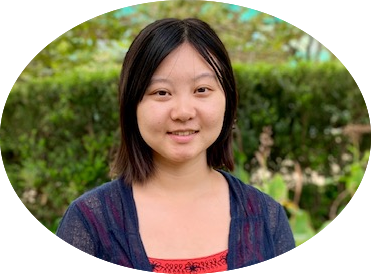Telling right from right: the influence of handedness in the mental rotation of hands
Published in Cognitive Research: Principles and Implications, 2020
Recommended citation: Cheng, Y., Hegarty, M., & Chrastil, E. R. (2020). Telling right from right: the influence of handedness in the mental rotation of hands. Cognitive Research: Principles and Implications, 5, 1-18.
Background
This study investigated the impact of handedness on a common spatial abilities task, the mental rotation task (MRT). The influence of a right-handed world was contrasted with people’s embodied experience with their own hands by testing both left- and right-handed people on an MRT of right- and left-hand stimuli. An additional consideration is the influence of matching the shape of the hand stimuli with the proprioception of one’s own hands. Two orthogonal hypothesis axes were crossed to yield four competing hypotheses. One axis contrasted (i) embodied experience versus (ii) world knowledge; the other axis contrasted (a) the match between the visual image of a hand on the screen and one’s own hand versus (b) the resemblance of the shape outline information from the hand stimuli with the proprioception of one’s own hands.
Results
Among people with mixed handedness, right-handers performed more accurately for left-hand stimuli, while left-handers had a trend for higher accuracy for right-hand stimuli. For people with extreme handedness, right-handers outperformed left-handers. Regardless of group, there was no significant variation in performance for left-hand stimuli, with only right-hand stimuli producing significant variation.
Conclusions
No hypothesis fully aligned with all the data. For left-hand stimuli, the consistent performance across groups does not provide support for embodied experience, while world knowledge might influence all groups similarly. Alternatively, the within-group variation for mixed-handed people supports embodied experience in the hand MRT, likely processed through visual-proprioceptive integration.
